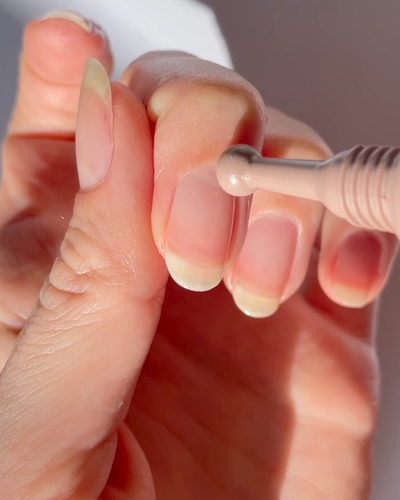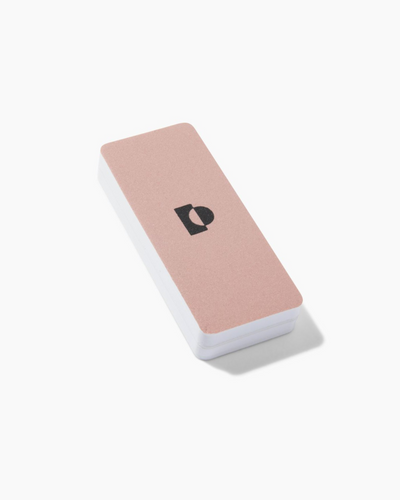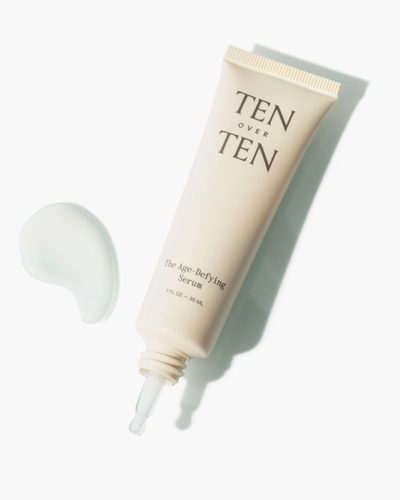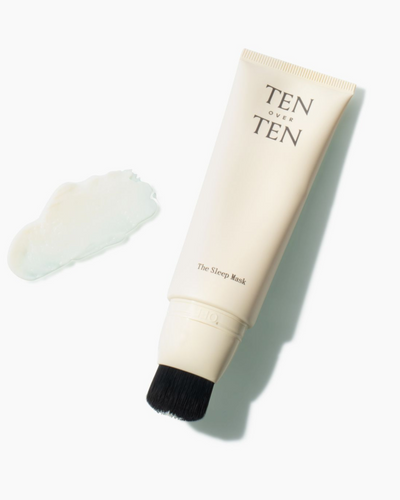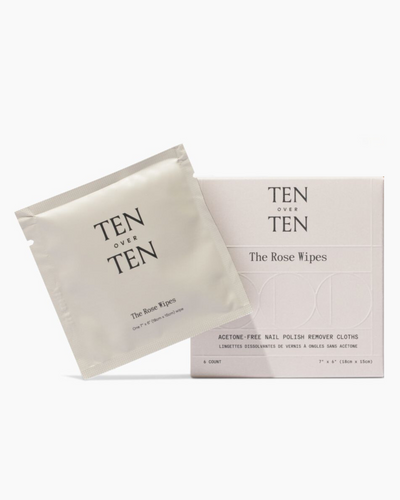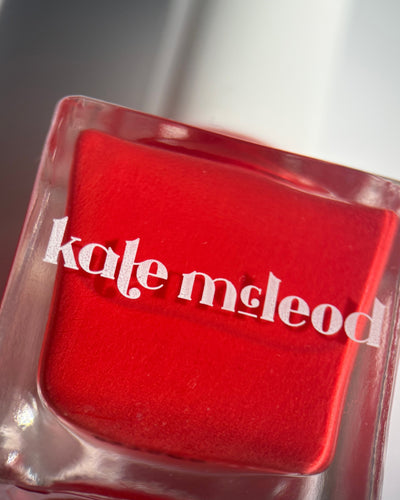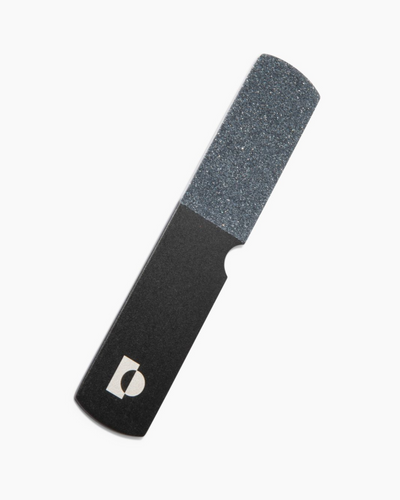This Breast Cancer Awareness month, we're highlighting Bright Pink, an organization focused on preventing and taking action against breast & ovarian cancer. We learned about this initiative from long-time Tenoverten customer, Sara Daly Roter who has been the NY ambassador for Bright Pink for 15 years. Check out our conversation with Sara where she shares her story, how she got involved with the organization and how you can support.

October is Breast Cancer Awareness Month, an annual campaign to raise awareness about the impact of breast cancer. Will you share some insight of your journey with our audience?
With a long family history of breast cancer, and my mother testing positive for the BRCA1 genetic mutation, in 2004 I opted to test myself for the BRCA1 & BRCA2 genetic mutation …. results were positive for BRCA1. The women who were diagnosed in my family approached breast cancer with the mindset of, catch it early, treat it, move on; waiting to get the disease was not my plan. After a few years of sitting on this information, in 2007 I opted for a prophylactic bilateral mastectomy, with reconstruction, thus reducing my risk of developing the disease by over 90%. Although this decision was not an easy one, it was the right one for me, and my family. Later on, in 2013, I decided to have an oophorectomy and a hysterectomy, significantly reducing my risk of developing ovarian cancer.
Bright Pink is a non-profit breast & ovarian health venture philanthropy fund. Can you tell us a little about their approach?
Through our Venture Philanthropy Fund, Bright Pink is building on our proven success and deep expertise to find and fund the next generation of ground-breaking breast and ovarian health initiatives. As we work to move the needle on young women's breast and ovarian health outcomes, we have continued to deepen our focus on health equity and finding solutions that remove barriers to care and help save lives.
Part of what sets our venture approach apart is we do not consider ourselves simple funders. We seek Mission Partners who are eager to collaborate with us on game-changing projects that have the potential to save thousands of lives. Our rigorous Mission Partner vetting process culminates in us making strategic investments - both financial and capacity building - into select breast and ovarian health initiatives.
We leverage a high degree of rigor in identifying and vetting potential Mission Partners and the initiatives we support. And once the projects are underway, we collaborate with our Mission Partners to support their implementation and evaluation efforts are realized and ensure project milestones are being achieved.
How did you get involved with Bright Pink?
At the time of my mastectomy, I was not quite 30 years old. Finding support among women in a similar situation was not really possible. Fortunately, one day my husband learned about the recently launched organization, Bright Pink. This is a non-profit organization to help young women better understand their risk levels for developing Breast and Ovarian Cancer, and educating them how to be proactive as it relates to their breast and ovarian health. Once I connected with the founder, Lindsay Avner, I was determined to do my part to help spread the word, offer support and share my story. Since I was living in NYC and the organization is based in Chicago, I became the NY ambassador for Bright Pink.
How can we get involved?
- Be Proactive: with your own breast and ovarian health by knowing the symptoms of breast/ovarian cancer, knowing your family history, going to the doctor annually and practicing risk-reducing behaviors like exercising on most days, maintaining a healthy BMI, limiting alcohol intake, not smoking and ensuring you have adequate levels of vitamin D
- Donate: to help fund future mission partner cohorts
- Spread the word: Share your commitment on instagram and tag @BeBrightPink.
These are some ways that you can be proactive with your own health as it relates to Breast and Ovarian Cancer.
- Be Breast Self-Aware: Know your breasts and what is normal for you. There’s no “perfect” pair! Is your left breast bigger than the right? Are there soft lumps that come around the time of your period and then go away? Whatever your normal is, take note so you will notice any changes should they arise. And if changes persist or worsen, be sure to speak with your health provider. While the lump is the most common form of breast cancer, it can also present in a variety of other ways like swelling, sores, change in size/shape/color contour. But if you find a lump, remember, 80% of breast lumps are not cancerous but if it feels hard or like a frozen pea or lima bean, you definitely want to get it checked out.
- Reduce Your Risk: Research has shown there’s a variety of way to reduce your risk of developing breast cancer including: Maintain a healthy body weight, Exercise regularly, Making sure your vitamin D levels are in a normal range (best way to get Vitamin D is through the sun!) Not smoking and limiting alcohol intake.
- Know Your Health History: We know that while 75% of cancers are NOT hereditary, meaning they don't run in families, at least 25% are. That is why it is so important to know your family's health history. Remember, 50% of your genes come from your mom and 50% from your dad, so. be sure to examine both sides of the family tree. These three questions you want to ask to make sure you gather all the right info to share with your doctor are:
- Who had cancer?
- How old were they when they were diagnosed?
- What kind of cancer was it?

